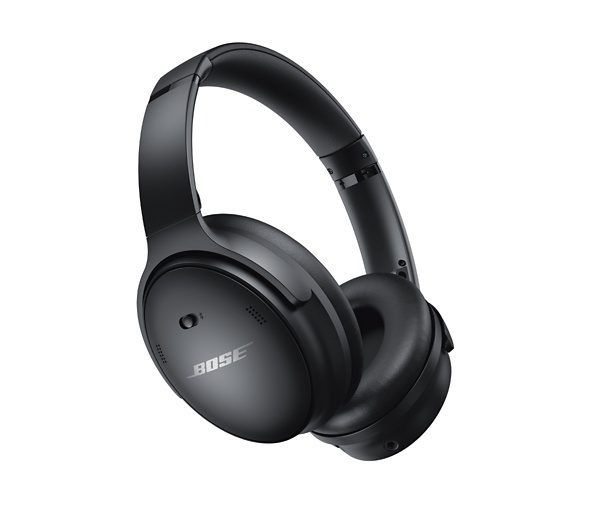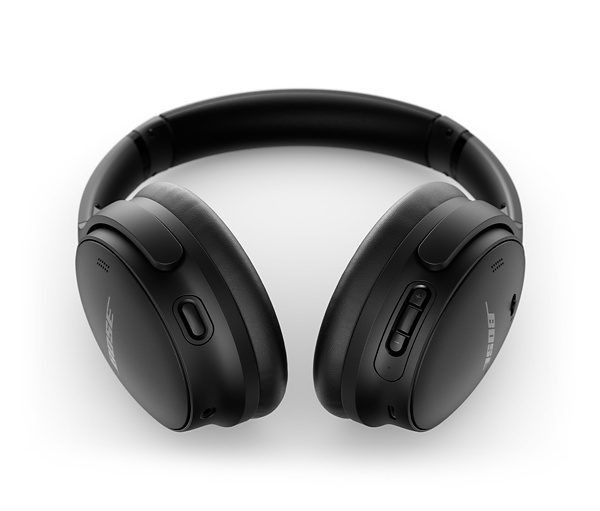Apple’s future iPhone lineup may let users send emergency messages to first responders and contacts when there’s no cellular connectivity, according to Bloomberg’s Mark Gurman.
The report dismisses the widely circulated rumor that the iPhone 13 would support Low Earth Orbit satellite communication connectivity and enable users to text and call over a satellite network. Instead, Mark Gurman says that Apple is working on two emergency messaging tools that won’t be ready to be shipped until next year.
The first feature, called Emergency Message via Satellite, will be integrated right into the Message app and allow users to text emergency services or friends and family over a satellite network when there’s no cellular connectivity. It will appear as a third protocol — alongside SMS and iMessage — inside the Message app. Messages sent using this option will appear as gray bubbles — instead of the usual green and blue bubbles — so that they can be quickly identified. The report says the users will be able to text their emergency contacts simply by typing “Emergency SOS” in the recipient field. Emergency texts will even bypass the Do Not Disturb mode on the recipient’s phone.
Meanwhile, the second emergency feature will allow iPhone users to report crises like plane crashes or fires and quickly get help. The feature will also be able to collect more specific information like if the user needs search-and-rescue services, if the crisis involves weapons, and if someone has suffered a traumatic injury. The feature can also automatically send details like the user’s location, medical history, age, height and weight, and so on to concerned authorities.
As per the report, the new emergency messaging tools won’t be ready at least until next year. As such, they are unlikely to debut on the upcoming iPhone 13 series, which is reportedly launching next month.
Featured image by CardMapr.nl on Unsplash
The post Apple is working on letting users send emergency messages from remote locations appeared first on xda-developers.
from xda-developers https://ift.tt/3DBeePI
via IFTTT












